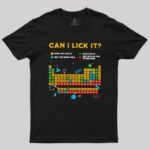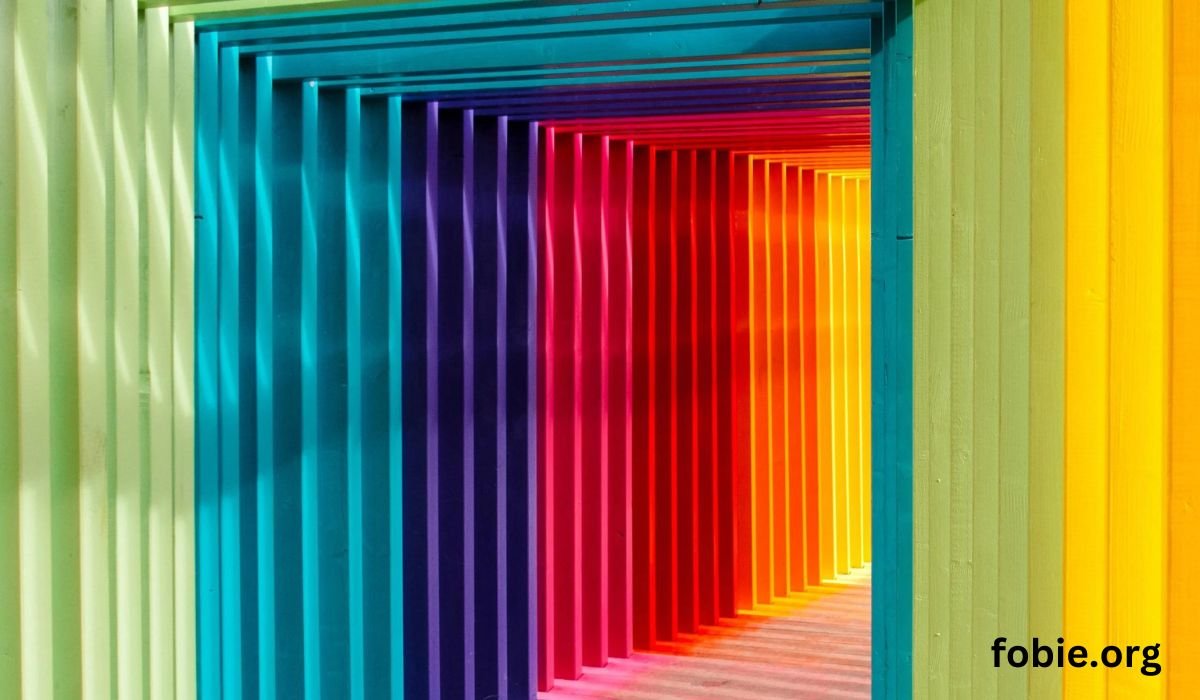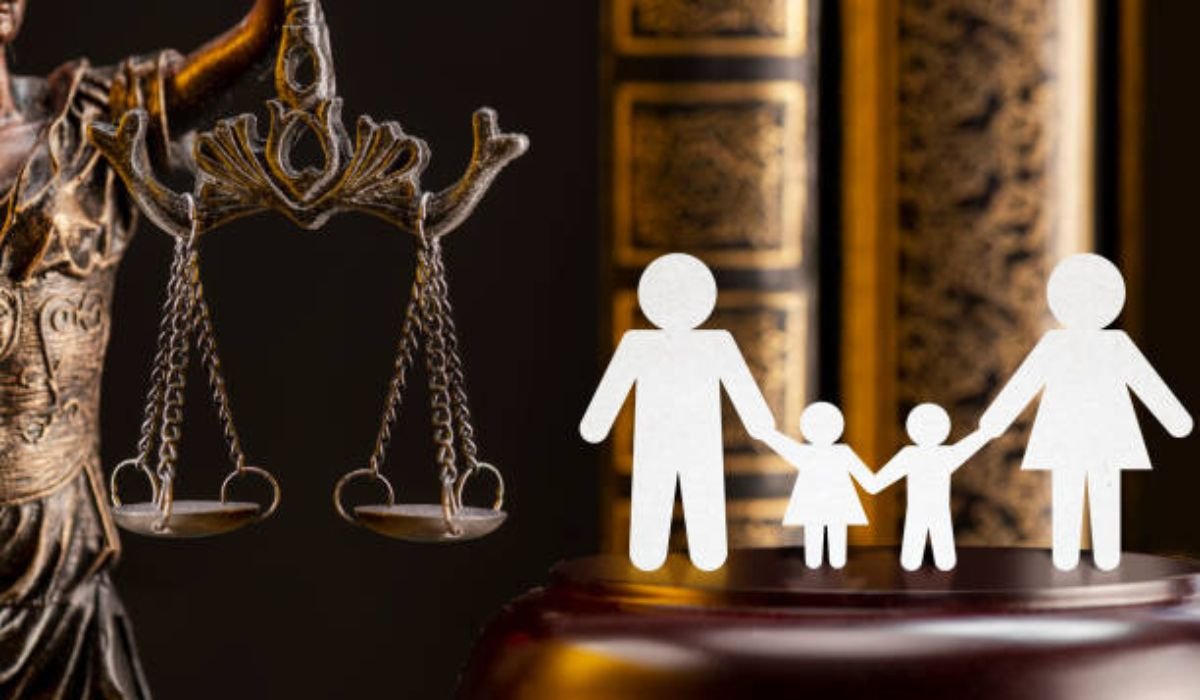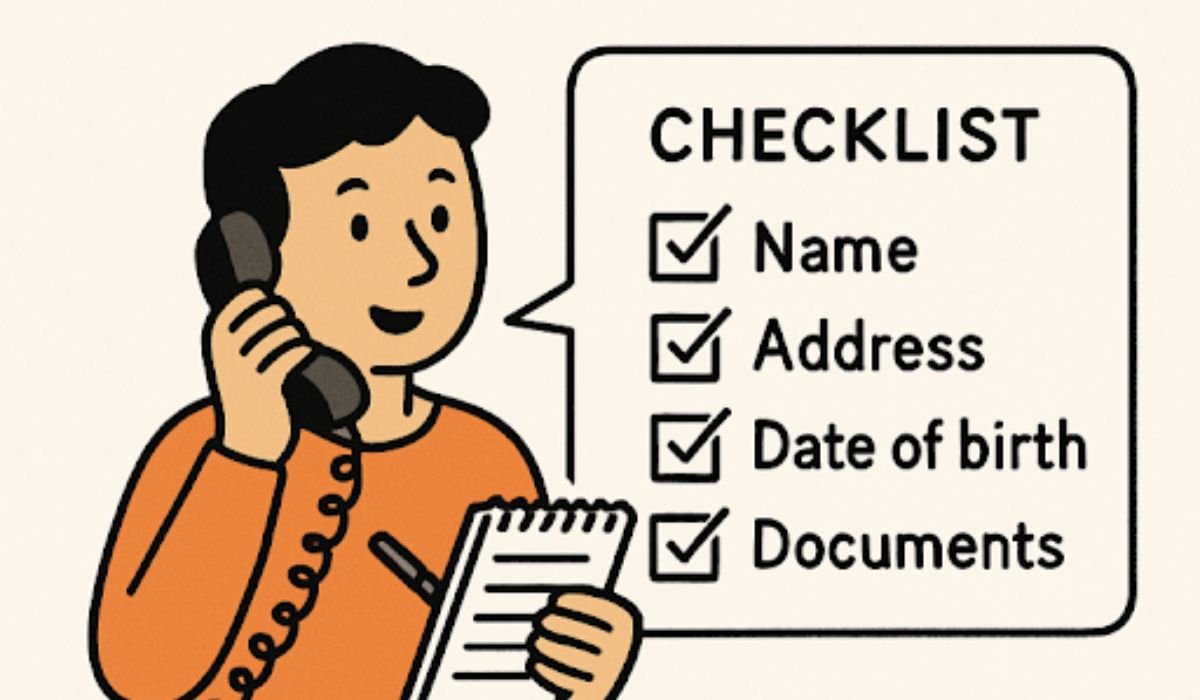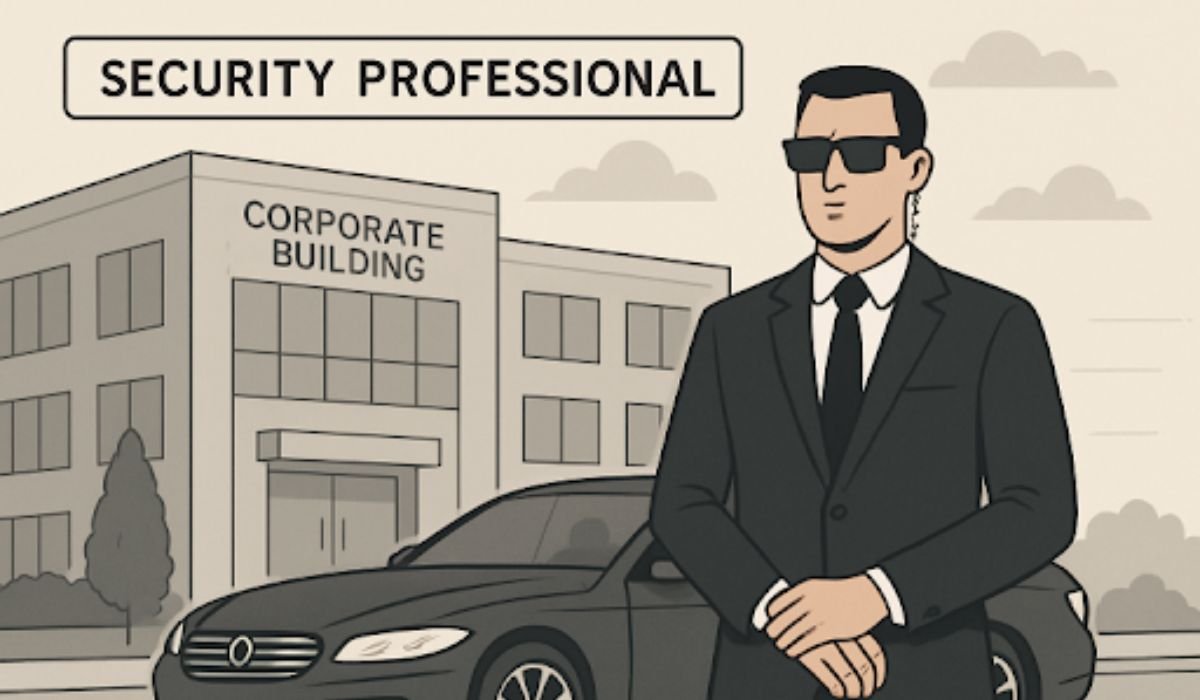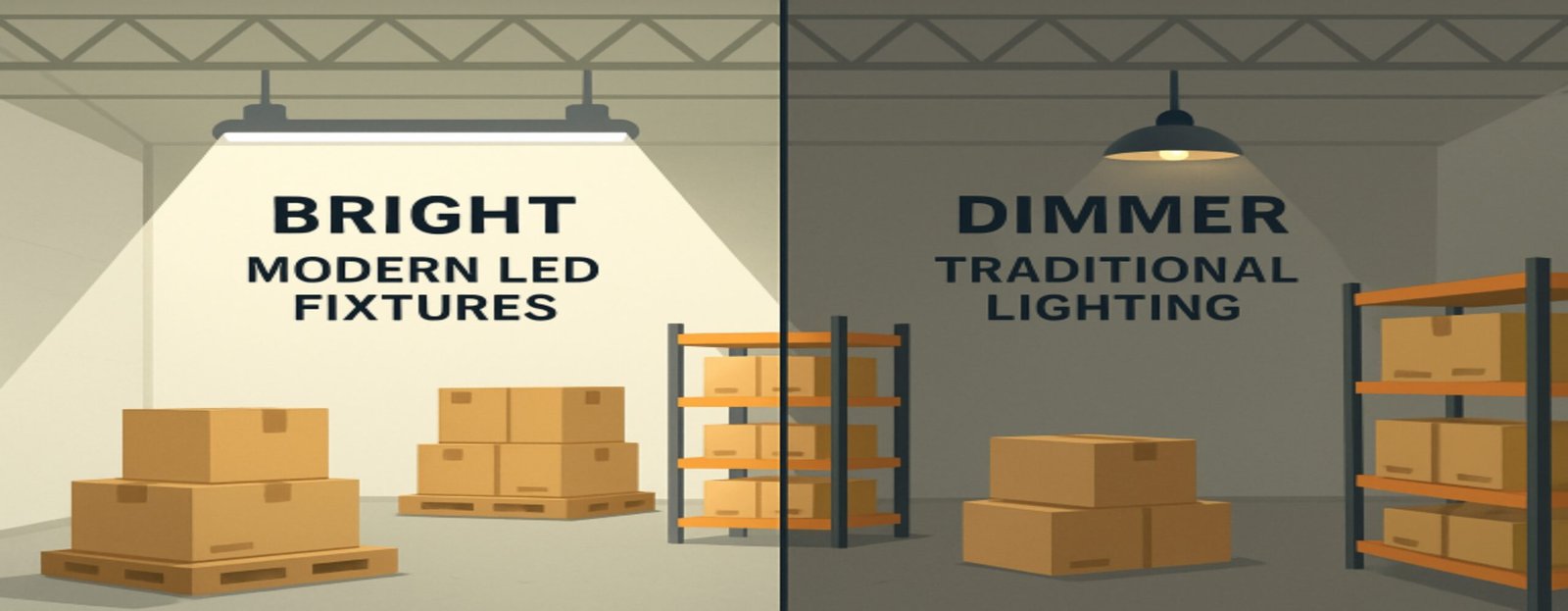Creating a booth display that stands out in a sea of competition can be challenging. In today’s fast-paced world, where first impressions are everything, capturing attention is crucial to success. Whether at trade shows, fairs, or exhibitions, a booth’s visual appeal can draw visitors in, generate interest, and boost your brand’s visibility.
In this blog post, we’ll explore how to effectively use color and design elements to create an eye-catching booth that leaves a lasting impression on your audience.
The Importance of Visual Appeal in Booth Design
Visual appeal is more than just aesthetics; it’s about creating an experience. A striking booth design can communicate your brand’s message instantly, setting the stage for meaningful interactions. It reflects your brand’s identity and values, reinforcing brand recognition and recall.
Consider the impact of your booth as the first touchpoint for potential customers. It’s where curiosity is piqued, and first impressions are formed. A visually compelling booth can differentiate you from competitors, inviting attendees to stop by and learn more. This is especially important in crowded environments, where standing out is key to attracting interest.
Crafting a visually appealing booth involves thoughtful planning and execution. It’s about strategically combining elements like color, graphics, and lighting to create a cohesive and attractive presentation. By focusing on visual appeal, you lay the foundation for successful engagement and increased foot traffic.
Understanding Color Psychology in Attracting Attention
Color is a powerful tool in design, capable of evoking emotions and influencing behavior. Understanding color psychology can help you choose hues that align with your brand and resonate with your audience. Different colors convey different messages and can be used strategically to enhance the visual impact of your booth.
Red, for instance, evokes excitement and urgency, making it ideal for drawing attention. Blue, on the other hand, suggests trust and professionalism, which can be beneficial for building credibility. Yellow exudes warmth and optimism, while green is often associated with growth and sustainability. By understanding these associations, you can select colors that reinforce your brand message.
It’s also important to consider cultural differences in color perception. Colors can have varying meanings across cultures, so understanding your audience demographics is crucial. By acknowledging these nuances, you ensure your booth appeals to a diverse audience.
Color can also affect the overall ambiance of your booth. Bold, vibrant colors can create a sense of energy and dynamism, while softer, muted tones can promote calmness and relaxation. By carefully selecting your color palette, you can craft an atmosphere that aligns with your brand and draws visitors in.
Tips for Choosing the Right Color Scheme for Your Brand
Selecting a color scheme for your booth requires careful consideration of your brand identity, target audience, and the materials you’ll use. Start by identifying your brand’s primary colors and incorporating them into your booth design to ensure consistency and recognition. For example, if your brand incorporates blue and green, consider utilizing fabric banners and printed graphics to strengthen your brand image and achieve a cohesive appearance.
Complementary colors can add contrast and make your booth stand out. For instance, if blue is your primary color, incorporating orange accents through signage and furniture can create a visually engaging impact. However, it’s essential to strike a balance between eye-catching and overwhelming; too many contrasting colors can lead to visual chaos, while a harmonious palette can captivate and engage.
Consider the psychology of your target audience when selecting colors and materials. If your brand caters to a professional audience, opt for sophisticated, muted tones using materials like sleek metal or polished wood. For the youthful demographic, vibrant and playful colors in materials like fabric, vinyl, or bold-colored acrylic sheets can be more appropriate. Tailoring your color scheme to your audience’s preferences can enhance your booth’s appeal.
Lastly, remember to test your color choices in different lighting conditions. Colors can appear differently under various types of lighting, so it’s essential to ensure your chosen palette looks appealing with the materials you’ll be using in the environment where your booth will be displayed.
Incorporating Eye-Catching Graphics and Signage
Graphics and signage are crucial components of booth design, providing visual cues and information to visitors. High-quality graphics can enhance your booth’s visual appeal, conveying professionalism and creativity. Consider using large, bold images that captivate attention from afar, drawing visitors to your space.
When designing graphics, prioritize clarity and readability. Ensure your text is legible from a distance and that the font complements your overall design. Avoid overcrowding your graphics with excessive information; instead, focus on key messages that can be easily understood at a glance.
Your booth signage should be strategically placed to guide visitors through your space. Use signage to highlight key areas, such as product displays or interactive zones, directing foot traffic and encouraging exploration. Clear wayfinding signs can improve the flow of visitors and maximize engagement.
Interactive elements, such as digital screens or touchpoints, can enhance your booth’s visual appeal and create memorable experiences for attendees. Incorporate multimedia content that aligns with your brand message, capturing attention and encouraging interaction.
Utilizing Lighting to Enhance Visual Impact
Lighting is a powerful tool for enhancing the visual impact of your booth. Proper lighting can highlight key areas, create ambiance, and draw attention to specific elements. By strategically using lighting, you can enhance your booth’s overall appearance and create an inviting atmosphere.
Consider different types of lighting, such as ambient, task, and accent lighting, to achieve your desired effect. Ambient lighting provides overall illumination, while task lighting highlights specific areas, such as product displays. Accent lighting can be used to create visual interest and draw attention to focal points.
Experiment with different lighting techniques to create a dynamic and engaging environment. For example, using colored LED lights can add drama and excitement to your booth, while soft, diffused lighting can create a calm and welcoming feel. By playing with lighting effects, you can enhance your booth’s visual appeal and leave a lasting impression.
Ensure your lighting setup is energy-efficient and complies with any venue regulations. LED lighting is a popular choice for its energy efficiency and versatility. Additionally, consider the placement of lights to minimize glare and shadows, ensuring your booth is well-lit and visually appealing from all angles.
Tools and Resources for DIY Booth Design
Creating an eye-catching booth doesn’t have to be overwhelming. Numerous tools and resources are available to help you craft a visually appealing display, even on a budget.
Design software provides powerful features for developing graphics and visual elements. These programs enable you to experiment with various color schemes, layouts, and designs, ensuring that your booth appears polished and professional.
Additionally, online resources offer templates and design inspiration for cohesive booth graphics. These user-friendly platforms make it easy for anyone to design captivating visuals without needing extensive design experience.
If you seek expert guidance, consider collaborating with a professional designer or booth builder. They can provide valuable insights and assist you in creating a booth that reflects your brand and objectives. Many exhibition venues also offer resources and support for booth design, including access to suppliers and contractors.
Conclusion
With a clearer grasp of the key elements of booth design, it’s time to start planning and crafting your display. As you refine your color scheme, integrate eye-catching graphics and signage, employ effective lighting, and explore DIY design tools and resources, keep these tips in mind to enhance your presentation. Best of luck!






